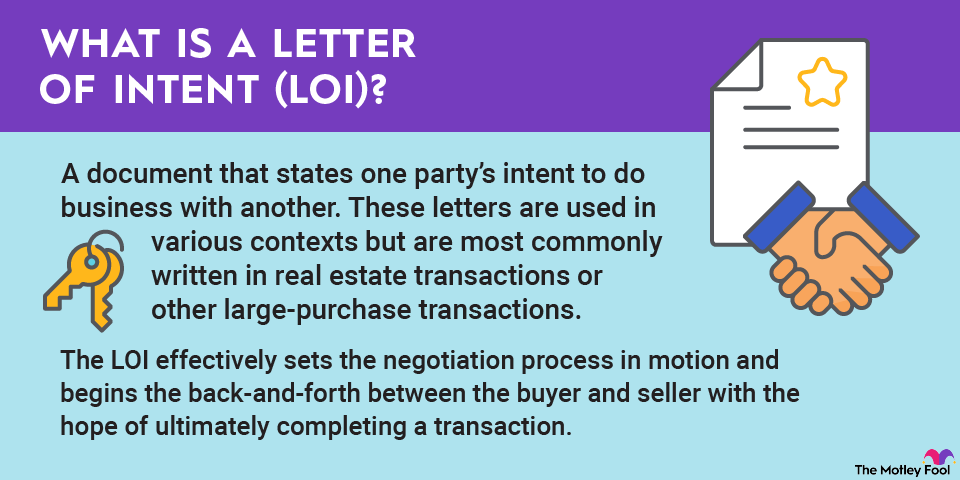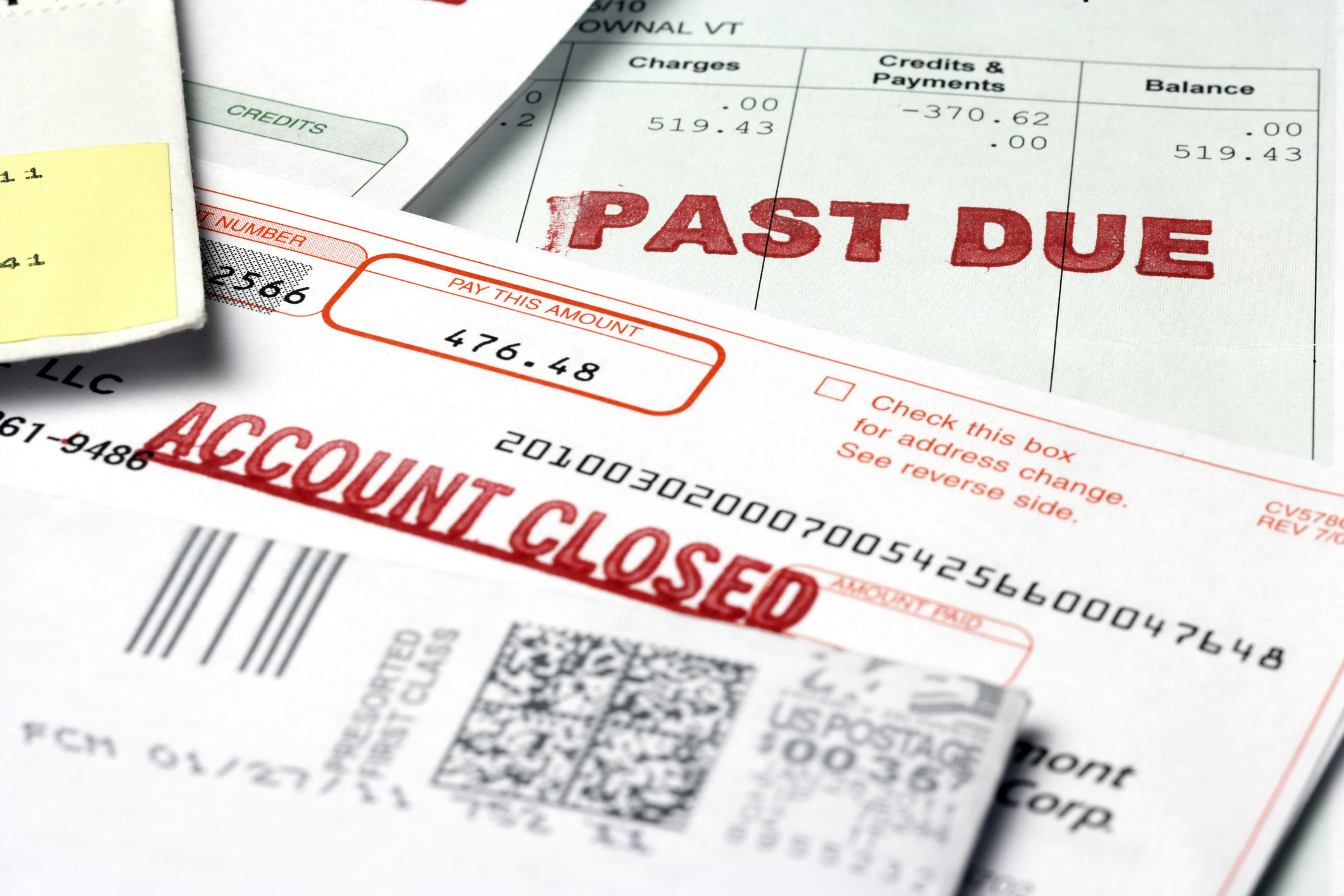Liquidation refers to converting noncash assets into cash, usually by selling them. As a concept, liquidation is simple. But, in practice, asset sell-offs can be complicated, particularly when the asset owner is a public company with creditors and shareholders. Read on to learn how liquidation works and what happens when entire companies liquidate as a precursor to dissolution.

Company liquidations are more complicated for a couple of reasons. First, multiple stakeholders are involved -- namely creditors, shareholders, and employees -- and each group has different rights.
Second, there's a diverse set of assets that can include inventory, fixed assets, and intellectual property. Different asset types may be discounted and sold or auctioned off separately to different buyers.
When companies liquidate and go bankrupt
There are two types of bankruptcy: Chapter 7 and Chapter 11. Chapter 7 bankruptcy is a direct path to liquidation. The business ceases operations immediately, and the courts appoint a trustee to oversee the asset sell-off.
Chapter 11 bankruptcy may or may not result in liquidation. In a Chapter 11 filing, the company continues operating. Typically, the goal is to restructure debt and emerge stronger. The bankruptcy court will appoint committees to protect the interests of stakeholders during the restructuring.
The company must prepare a go-forward plan and get it approved by stakeholders and confirmed by the court. The plan can entail strategic liquidations or, as you'll see in the example below, a complete liquidation and wind-down of the business.
In a complete liquidation, secured creditors have the highest-priority claim on liquidation proceeds. Unsecured creditors, including employees owed wages, are made whole next. Shareholders only receive compensation if there's money left after higher-priority claimants are repaid.

















